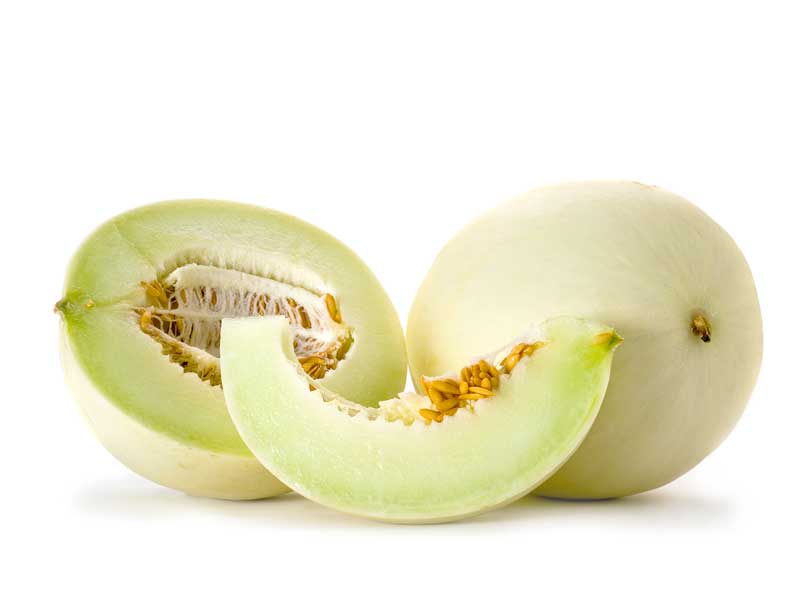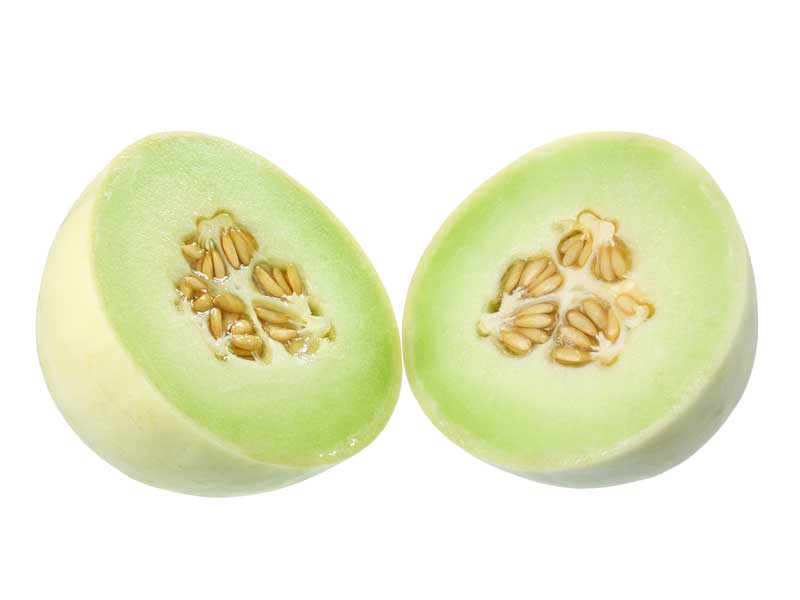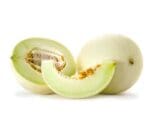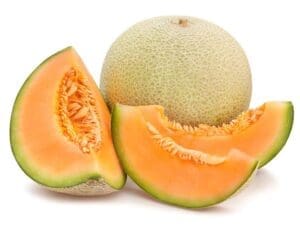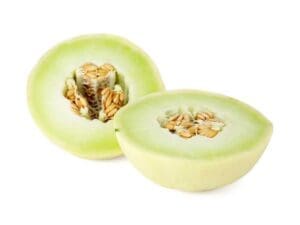MELON ‘Honeydew Triton F1’ Vegetable Seeds
Botanical Name: Cucumis melo
Important Notice: These seeds have been treated with a fungicide (Thiram). Do not consume the seeds or feed them to animals. Fungicide treatment is a requirement under AQIS regulations for certain seed varieties. This treatment does not affect the growth of your crops or pose a risk to beneficial insects like bees. We make every effort to source untreated seed stock whenever possible; however, availability in Australia is extremely limited.
- High-quality hybrid honeydew suited to cool-season production in southern regions.
- Produces round to slightly oval, smooth-skinned fruits with pale green, aromatic flesh.
- Excellent internal cavity size relative to overall fruit weight—ideal for fresh market growers.
- Uniform size, firm flesh, and consistent sugar levels make it perfect for slicing and storage.
- Performs reliably in southern Victoria and other cool temperate growing zones.
- F1 hybrid variety with vigorous vines, good fruit set, and dependable yields.
Plant Details:
- Lifecycle: Warm-season annual
- Fruit Size: Typically 1.8–2.3 kg per melon
- Fruit Shape: Round to slightly oval
- Skin: Smooth, pale cream to ivory
- Flesh: Sweet, pale green, aromatic
- Pollination: Monoecious, insect-pollinated
Sowing Information:
- Soil: Well-drained, fertile soil enriched with compost or aged manure
- Sowing Depth: 1.5–2 cm deep
- Row Spacing: 120–150 cm between rows
- Plant Spacing: 60–90 cm between plants
- Position: Full sun
- Sowing Method: Direct sow after last frost, or raise in punnets and transplant when soil warms
Growing Tips:
- Honeydew melons require warmth and consistent soil moisture to thrive. Choose a sunny, sheltered site with good drainage.
- Use black plastic or straw mulch to warm the soil and suppress weeds.
- Pollination is critical—encourage bees by planting pollinator-friendly flowers nearby.
- Once fruit sets, reduce watering slightly to enhance flavour and prevent splitting.
- For commercial and serious home growers, regular foliar feeding can boost fruit quality.
Harvest:
- Harvest when the skin turns from greenish-white to a creamy yellow hue and the blossom end yields slightly to pressure.
- Triton F1 has good storage potential—handle gently and refrigerate to extend shelf life.
When to Sow Honeydew ‘Triton F1’ in Your Climate
| Climate Zone | Sowing Window |
|---|---|
| Cool | October – December |
| Temperate | September – December |
| Subtropical | August – November |
| Tropical | April – July (dry season only) |

